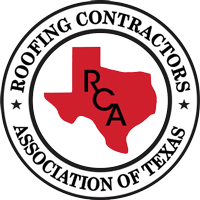At what point should you consider replacing your roof, as opposed to fixing it? Variables in roofing materials and your particular situation will ultimately help decide, but we’ve put together some helpful questions to help you make that decision.
What is the age of your roof compared with its expected lifespan?
Here is a quick guide for popular roofing materials.
• Asphalt Shingles: This is the most common of residential roofing material and they generally last around 20 years. This could be less if you live in a hot, sunny climate.
• Natural Slate: Found frequently on historical buildings and churches. These can easily reach 100 years or more.
• Synthetic Slate: A relatively new material that gives the appearance of natural slate. It is a mixture of plastic and rubber than should last 50 plus years.
• Cedar Shingles or Shakes: Expensive but beautiful, these have a limited lifespan of perhaps 25 years. Cedar Shingles can add significant value to the right home.
• Synthetic Cedar Shingles: Creates a faux look of its natural sibling but with a longer lifespan. 50 years or more can be expected.
• Metal: Gaining in popularity, today’s modern metal roofs can be expected to last at least 50 years.
Based on how close your roof is to the end of its expected lifespan, we can make the following suggestions on when to repair versus when to replace your roof.
When to Repair your Roof:
- If you are experiencing a first, or even second leak in your roof
- If you see water spots on a ceiling tile
- If there is a leak after a rain that is limited to an easily identifiable area
- When you can see an area where a shingle or a few shingles are missing
- Recent high winds have caused minor visual damage
- Your financial situation necessitates repair over replacement
When to Replace your Roof:
- If the most recent leak is the latest of many recent leaks
- If you are seeing water stains on ceiling tiles in multiple areas or rooms
- If the leaks seem to be over a widespread area
- If you lose shingles or roofing materials after high winds
- If shingles have curling corners and don’t seem to be lying flat
- If roofing materials appear to be chipped, cracked or have pieces broken off
- If storm damage makes it possible the cost will be covered by insurance
- If you want to add curb appeal and value to your home
Our qualified estimators can help you sort through these issues and make the best reccomendation to fit your needs.
Subscribe to Christian Brothers Roofing's Blog



Comments